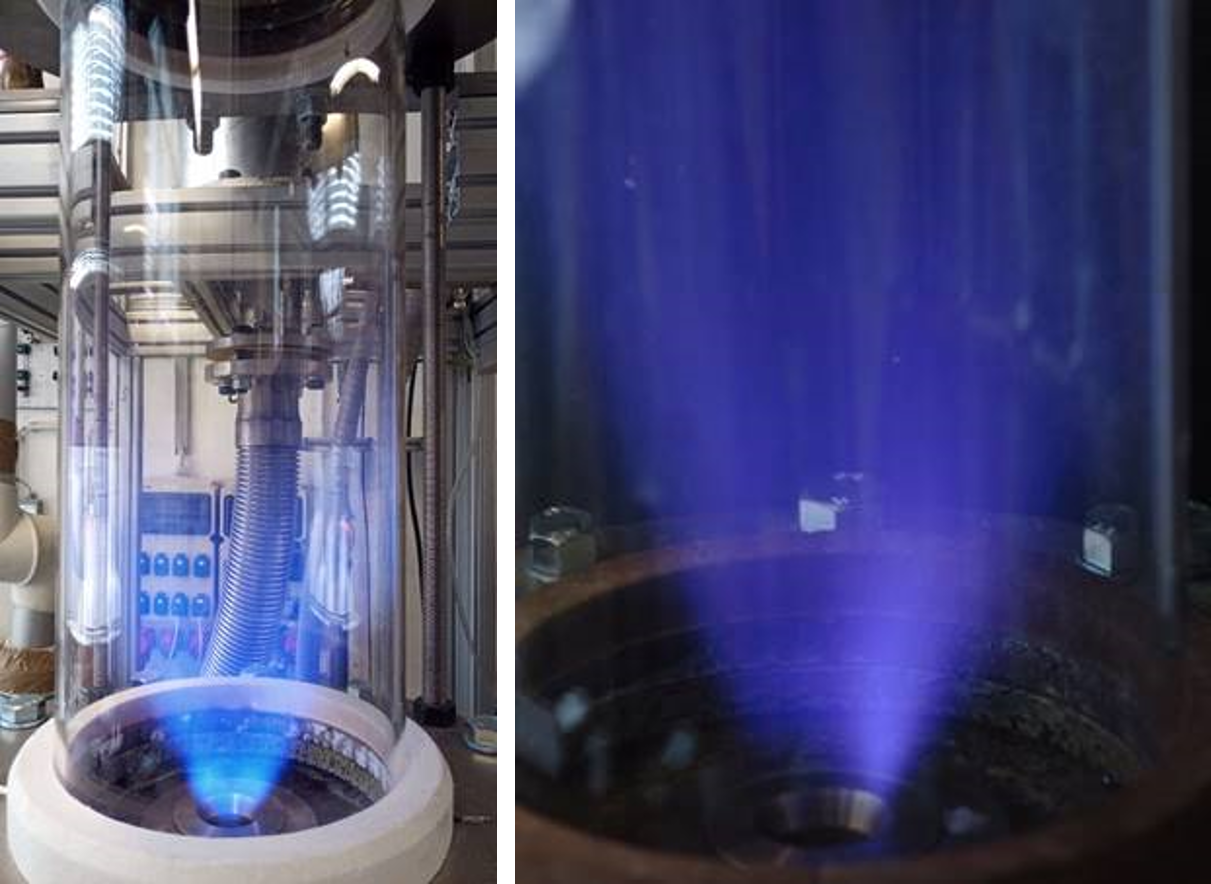Zerstäubung und Verbrennung von elementarem Schwefel
- Contact:
M.Sc. Michal Fedoryk
- Project Group:
Prof. Dr.-Ing. D. Trimis
Atomization and combustion of elemental sulfur
PEGASUS investigates a novel power cycle for renewable electricity production combining a solar centrifugal particle receiver with a sulphur storage system for baseload operation. The proposed process combines streams of solid particles as heat transfer fluid that can also be used for direct thermal energy storage, with indirect thermochemical storage of solar energy in solid sulphur, rendering thus a solar power plant capable of round-the-clock renewable electricity production.
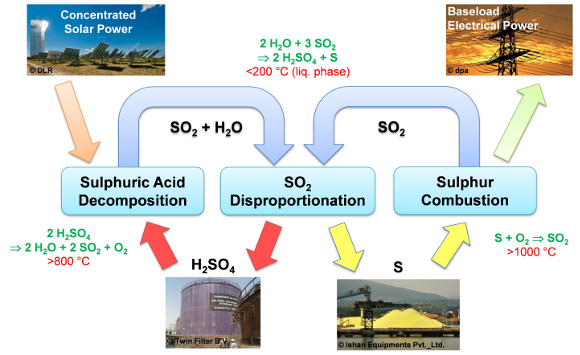
Sulphur atomization takes place in an airblast nozzle, in which the swirl intensity can be varied. This nozzle is similar to the nozzles that are used in gas turbines and aero engines for the combustion of hydrocarbons. There is a pressure atomizer in the center of the airblast nozzle.
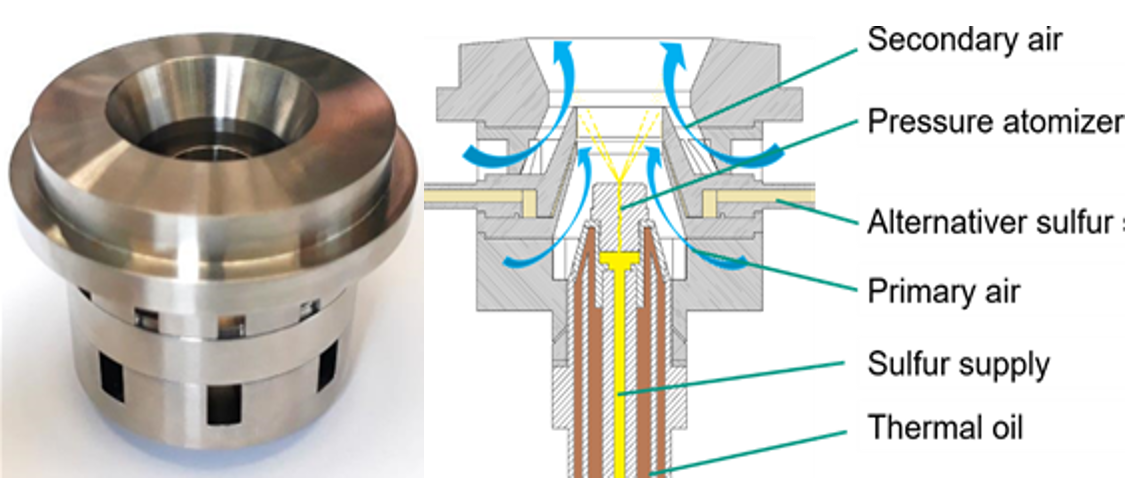
Firstly, the sulphur spray should be investigated. For that reason the measurement techniques like PDA (Phase-Doppler Anemometry) and Shadography are applied. They are non invasive measurement methods that can determinate the diameter and velocity of the droplets using laser beam.
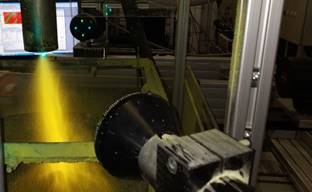
Mass stream distribution oft he sulphur along the radius. Left side: lower swirl intensity; right side: higher swirl intensity
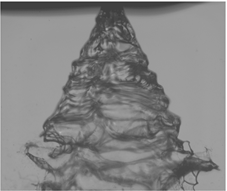
After that the suphur is burnt in the air under ambient conditions.
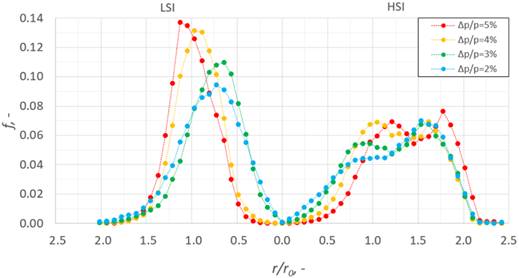
After that the suphur is burnt in the air under ambient conditions.
